What products are included in your range? What are the value-added products?
The product range of Esfahan Steel Company is extensive and includes industrial rebars, construction rebars, coils, Wire rod, cast iron billets, various I-beams, H-profiles, NPI and U-profiles, angle, rail beams (railway, mine, metro, switch rails), arc mining products, and sub-industry products such as benzene, toluene, liquid oxygen, liquid nitrogen, and blast furnace slag. Among these, H-profiles, industrial rebars and coils, arc mining products are considered the higher value-added products.
Can you provide brief information on your production capacity?
The nominal production capacity for smelted iron is 3,600.000 tons per year.
“Rebar prices may increase in October”
What are your expectations from the steel market in the Middle East by the end of 2024?
Overall, due to the political tensions in the region, predicting market trends is challenging. However, it is expected that steel prices in the Middle East will slightly increase in October, with some influence from the USA elections in November. Additionally, due to energy constraints in Iran, Iranian billet suppliers might have a reduced presence in the Middle Eastern market, allowing suppliers from other countries to take their place. This will likely impact the billet market in the Middle East after the energy restrictions are lifted in September.
On the other hand, with the enforcement of new standards by the Chinese government from September 25th, Chinese steelmakers are striving to sell their existing rebar stocks quickly at lower prices in both domestic and export markets. This may impact the steel market in the Middle East, with an expected rise in rebar prices in October after the new law comes into effect.
Which regions are most likely to be targeted by your exports in line with your new investment goals?
We have plans for export market expansion in Africa, the Far East, the Persian Gulf, and neighboring countries.
“Iran has a small share in Türkiye’s billet market”
If you were to evaluate the steel and iron trade between Iran and Türkiye, what would you say?
In 2023, Türkiye, which shares a land border with Iran, was the second-largest trade partner after Iraq among neighboring countries. The majority of Iran's trade with Türkiye consists of semi-finished products and billets, mainly due to the large number of steelmakers in Türkiye. However, for other neighboring countries like Iraq and Armenia, most of the exports are final products, including rebars. Türkiye, on the other hand, imports about 200.000 tons of billets per month, but Iran holds a small share of this market. Türkiye mainly sources its billet needs from China, Malaysia, and other countries. In 2023, Iran's total billet exports to Turkey were reported to be around 245.000 tons.
What are your expectations for raw materials and semi-finished products in 2025?
The Indian government, by reducing duties on some raw materials, is aiming to lower production costs, which could impact the prices of semi-finished products. On the other hand, the Federal Reserve is expected to start reducing interest rates from September, with further reductions anticipated in the third quarter of 2025, which could also lead to lower commodity prices. Additionally, the price of imported iron ore in China is expected to stay within the range of USD 100-110 per ton in 2025. The price of coking coal, which crossed USD 300 in 2024, is expected to fall below USD 200 in 2025. Meanwhile, the price of CIS billets is expected to remain below USD 500, potentially increasing to USD 530 without exceeding this level.




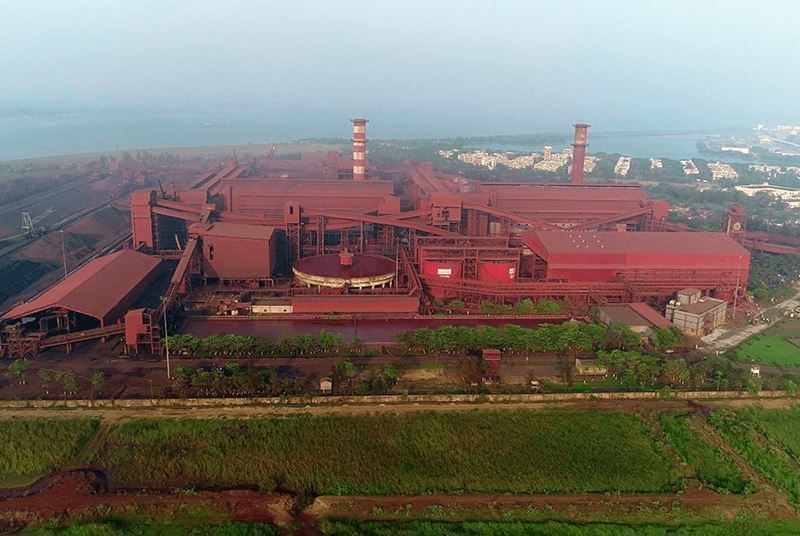
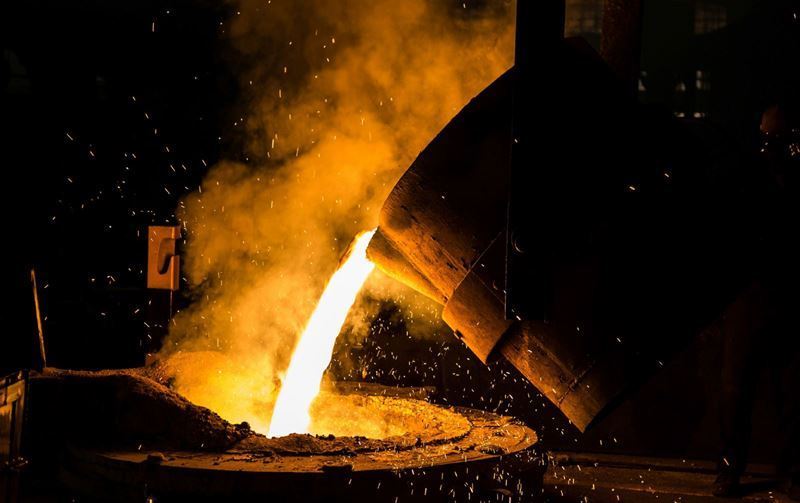

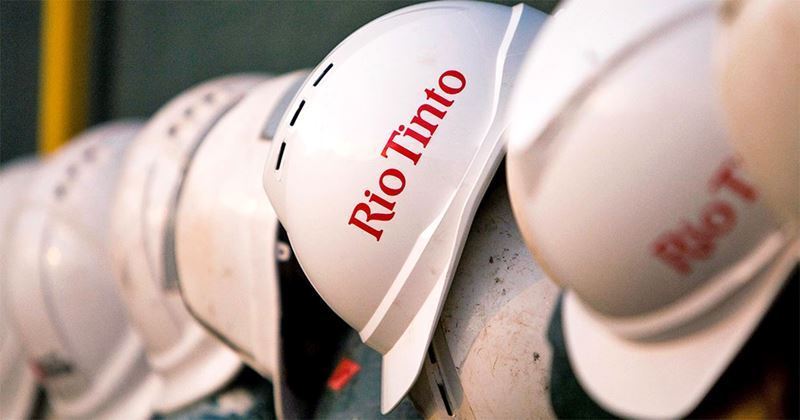
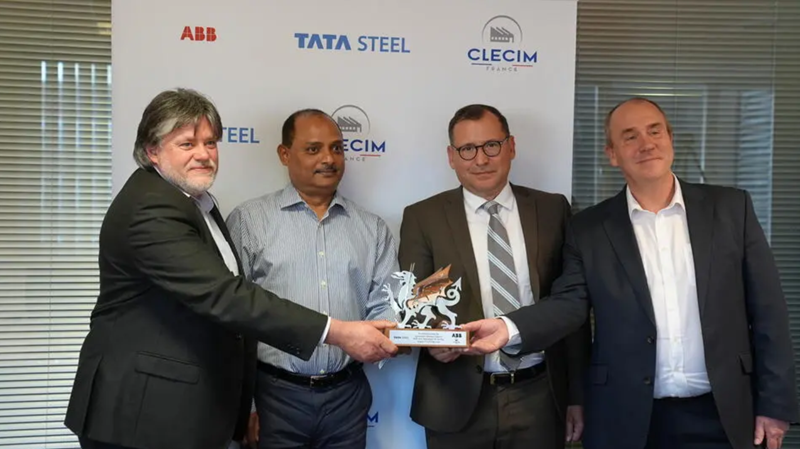

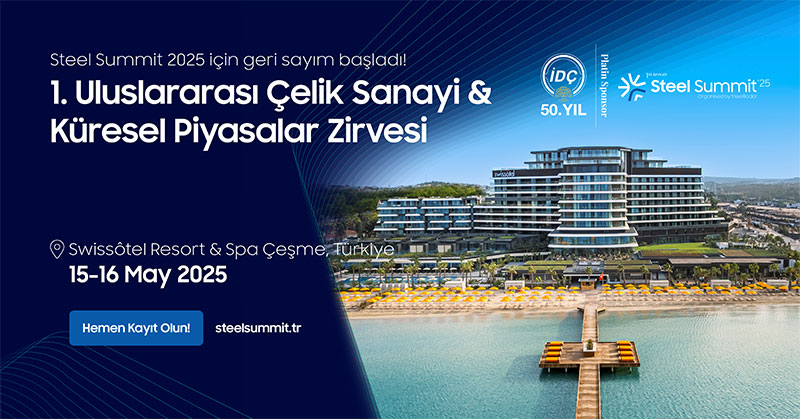
Comments
No comment yet.